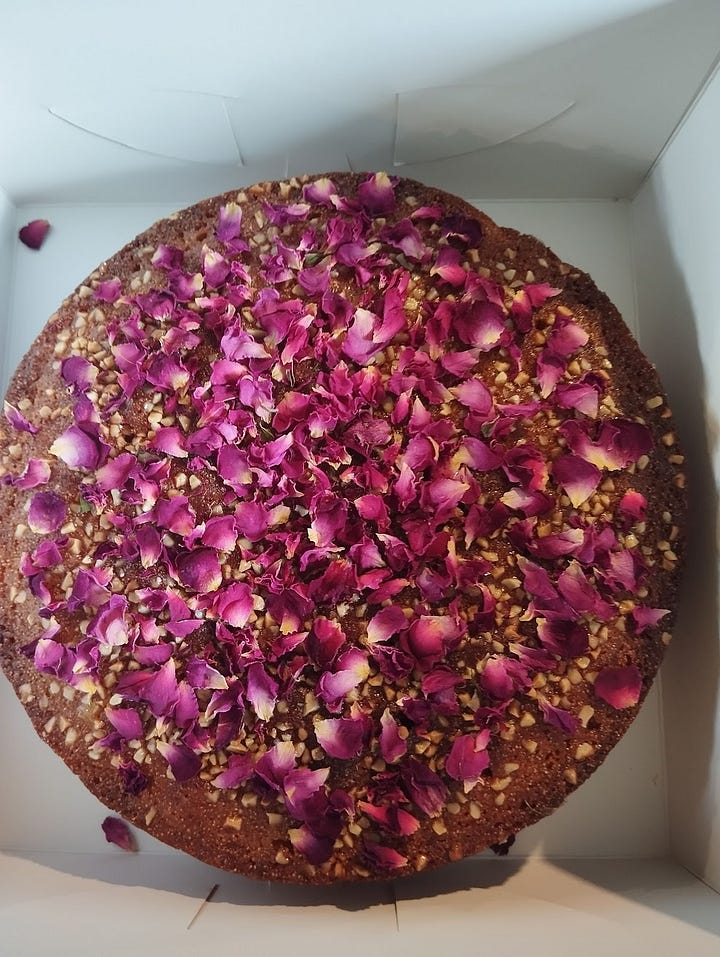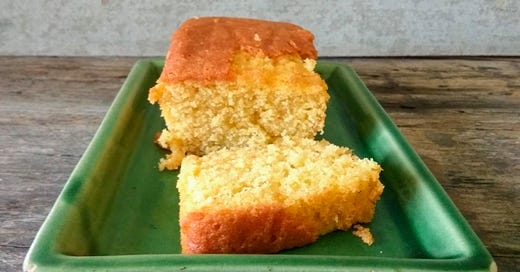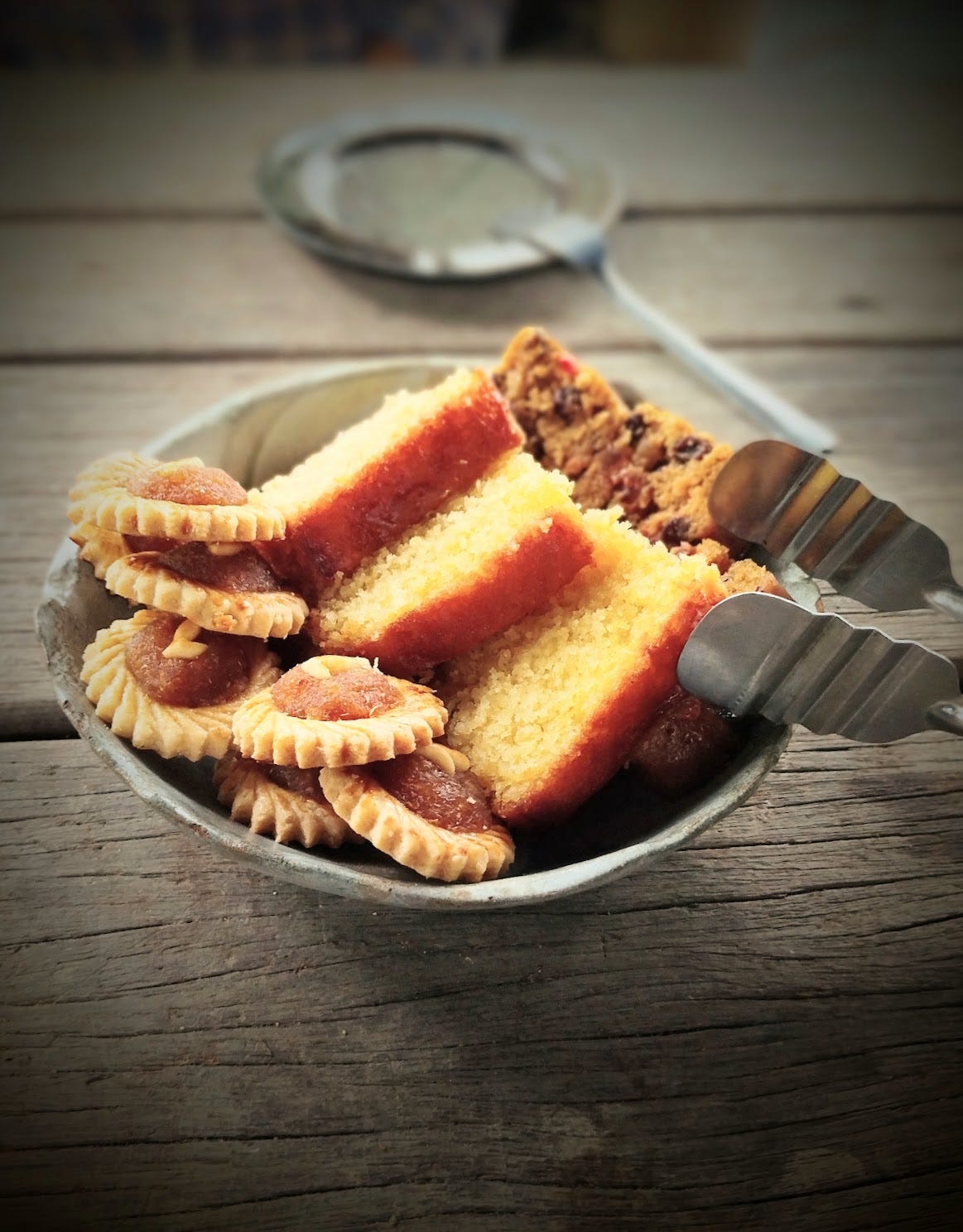

Around Christmas time Eurasians make a festive cake derived from the Portuguese Pastel de sémola con almendras recognisable in style to a European butter-based cake, but with semolina and nuts contributing to its grainy texture. “Burgher cooks normally add cashews and flavour the cake with cardamom and rose essence, while Eurasians from Penang and Malacca are more likely to use ground almonds, vanilla essence and brandy”.1
These culinary differences provide “distinguishing markers of identity among Eurasians in Southeast Asia with Love Cake attributed to those Eurasians of Dutch Burgher descent from Sri Lanka and Sugee cake to other Eurasians, particularly those descended from the Settlements in the Strait of Malacca."2
Butter based cakes or pound cakes originated around the 1700s in England. However the ingredient inclusion of Semolina and nuts (almonds in Sugee and Cashews in Love Cake) suggest an earlier provenance from middle eastern or Ottoman ruled mediterranean regions. Variation of this kind of cake are made by Sephardic Jews who call it tishpishti, Harisa in Jordan, Ravani in Persian, and Basbousa in Egypt. Basbousa in Arabic means 'kiss or kisses' perhaps a clue to how 'love' cake got its name? Information on the Persian Love Cake or Cayk-e Eshgh seems to indicate a reverse migration from Sri Lanka where the Portuguese Semolina based cake named Bolo di Amor, made its way back west.
I grew up knowing both Love Cake from my Eurasian family from Singapore with Burgher roots and Sugee Cake from Malacca relatives. From memory they seemed quite similar. Recently however I tasted a Love Cake from Goa and it was surprisingly different, heavier and denser with the particular use of candied melon or pumpkin, a rendering of dolce de gila, or squash preserves used in Portuguese cuisine.
Love cake has become relatively unknown now in Malaysia and Singapore whilst Sugee cake has entered the broader Malaysian culinary sphere, available throughout the year rather than just at Christmas or Eurasian weddings, and made by other ethnic communities with variations like Orange Blossom and even Chocolate.
Every year I order a Sugee cake ( and Fruit Cake and Tarts) for Christmas from Malacca, artfully made in a Eurasian Kitchen. I’m always keen to taste one made by a different hand - there are always slight differences in graininess, nuttiness, alcohol and even in lightness (more like a butter cake). But I more regularly order a Persian Love cake for dinner parties from a friend who makes a really good one and decorate it with rose petals from my garden - see photo above.





